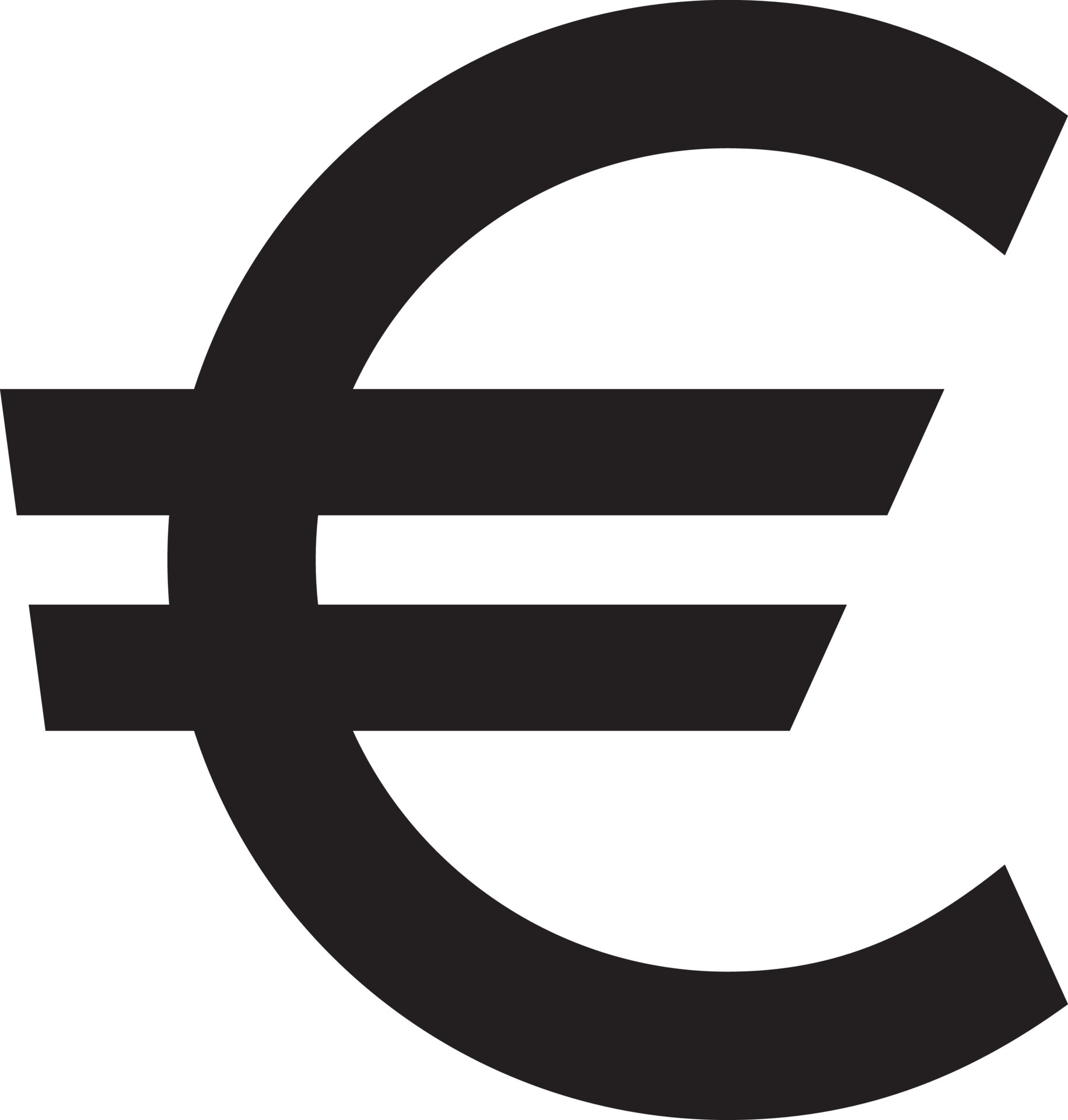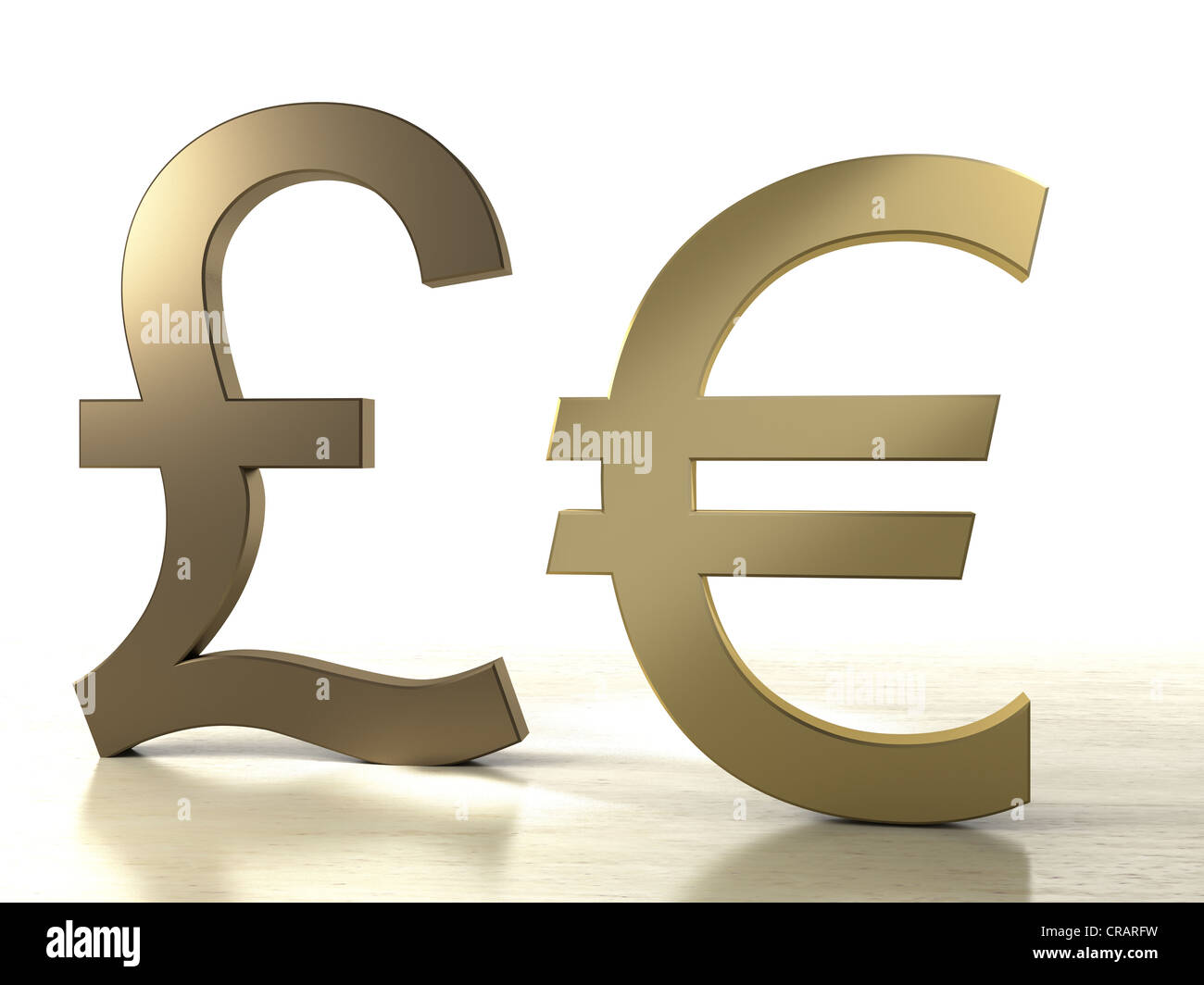What single symbol encapsulates the economic and cultural unity of a continent and its aspirations for the future? The answer, as many are already aware, is the Euro sign: (). This seemingly simple glyph represents more than just a currency; it is a visual shorthand for a shared history, a collective identity, and a bold vision of a united Europe.
The journey of the Euro sign, from its inception to its widespread adoption, is a story of meticulous design, strategic branding, and the profound influence of symbols in shaping global perceptions. It's a tale woven through the economic tapestry of the European Union, from its origins in the Greek letter epsilon to its final form, a representation of the monetary unit of 20 out of the 27 member states. The symbol's two parallel lines, a subtle yet powerful statement, speak volumes about stability, a core tenet of the Euro's very purpose.
| Aspect | Details |
|---|---|
| Official Name | Euro Sign |
| Unicode Code Point | U+20AC (Decimal: 8364) |
| HTML Entity | € (introduced in HTML 4.0) |
| ISO 4217 Code | EUR |
| Countries Using Euro | 20 of 27 EU member states (Eurozone) |
| Division | 100 euro cents |
| Symbol Origin | Based on Greek letter epsilon (), referencing "Europe". The two horizontal lines signify stability. |
| Symbol Design | A stylized "C" with two parallel horizontal lines. |
| Adoption Date | Officially adopted in 1996 |
| Keyboard Shortcut (Mac) | Option + Shift + 2 |
| Keyboard Shortcut (Windows - Microsoft Word) | Ctrl + Alt + E |
| Keyboard Shortcut (Windows - European Locales) | Alt Gr + E |
| Primary Function | Represent the Euro, the official currency of the Eurozone. |
| Significance | Symbol of European unity and economic integration. |
| Use in Text | Typically placed before the numerical value without a space (e.g., 100). |
| Creation Date | Name was chosen in 1995 by a European Council meeting in Madrid. |
| Additional Information | Also known as the "euro symbol", and used for business, commercial, and financial transactions. |
| Reference | European Commission Website |
The Euros symbol is a significant part of the digital world. It is represented in Unicode with the name "euro sign" and the code U+20AC (decimal 8364). Its representation in HTML is achieved through the entity €. However, this specific entity came into being with HTML 4.0, meaning that older web browsers might not render it correctly. This underscores the evolution of web technologies and their ability to support the symbols of a changing world.
- Unveiling The Spiritual Journey Of Charles Leclerc Exploring His Religion
- Exploring The World Of Mkvspoint S Your Guide To The Ultimate Streaming Experience
For those in the realm of computing, inserting the Euro symbol can be done with a variety of methods. On a Mac, the keyboard shortcut is [Option] + [Shift] + [2]. In Microsoft Word for Windows, the key combination is [Ctrl] + [Alt] + [E]. In many European locales, the shortcut is [Alt Gr] + [E]. These variations highlight the device and locale-specific ways we interact with and implement the Euro symbol in our daily digital lives.
When composing in a text editor or an online platform, the Euro sign is easily accessible. For Windows users, the alt code value is accessible by ensuring the Num Lock is on, pressing and holding down the Alt key, and then typing 0128 on the numeric keypad. This versatile functionality enables the Euro symbol to fit seamlessly into different digital environments like social media, websites, and email.
The Euro sign is more than just a graphical element; it is a design with a rich history. The design features two horizontal lines running through the middle of the symbol, representing stability. This design has its roots in the Greek letter epsilon (), a nod to the historical origins of European civilization. Moreover, the Euros symbol is akin to the letter "e," the starting character of the word "Europe".
- Lacey Fletcher Uncovering The Truth Behind The Photos And Autopsy
- Exploring The Life And Career Of Hailey Sigmond Erome
In the financial world, the ISO code for the Euro is EUR. This code is often used when referring to Euro amounts, offering a means of avoiding the symbol while preserving clarity in professional communication. The Euros international three-letter code (EUR) is used for business, commercial, and financial purposes, according to the ISO 4217 standard of the International Organization for Standardization. This is crucial for international transactions and clear representation of the currency.
The symbols formal adoption in 1996 marks a pivotal moment in the economic integration of the European Union. It was a strong declaration of a unified monetary policy among member states, fostering a stronger sense of economic unity. Its selection was not arbitrary; it was the result of thoughtful consideration, a demonstration of the commitment to European unity.
The name the euro was selected in 1995 during a European Council meeting in Madrid. The sign's design, influenced by the Greek letter epsilon () and the word Europe, is a subtle yet persuasive statement about the currencys origin and mission. With its two parallel lines, the symbol effectively captures the notion of stability.
To use the Euro sign on different devices and platforms, the user can copy and paste it, type it using keyboard shortcuts, or utilize its HTML codes. For various digital applications, knowing the Unicode, variants, and alt codes is essential.
In essence, the Euro sign is a powerful illustration of Europe's unity. From its graphical design to its technical encoding, the Euro symbol embodies a shared European heritage, signifying stability and presenting a clear, universally recognized emblem of a united economic space.
In conclusion, the euro sign's adoption symbolizes a commitment to a unified monetary policy, uniting economic ties and shaping global financial relationships.


